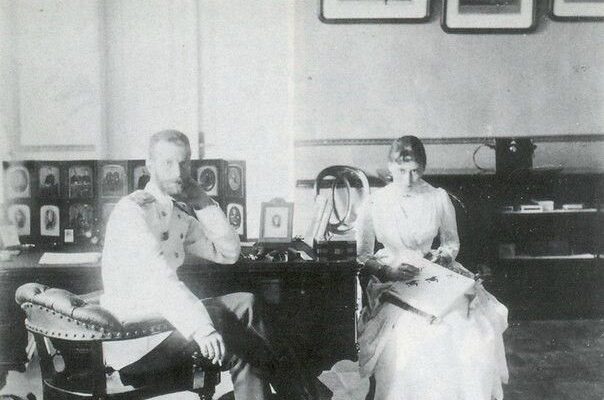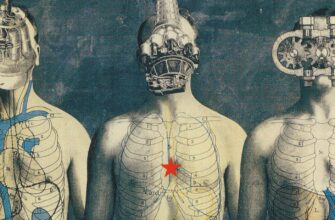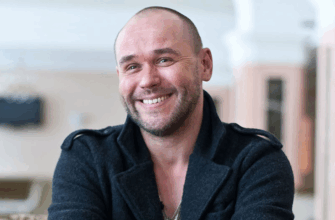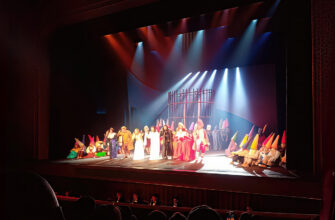A significant new exhibition, titled “The August Owner of Moscow,” has opened its doors at the Museum of Moscow. The display is dedicated to Grand Duke Sergei Alexandrovich Romanov, a pivotal and often debated figure in late Imperial Russia, known for his roles as Governor-General of Moscow, commander of the Moscow Military District, and a notable patron of the arts and sciences, as well as the husband of the sainted Elizabeth Feodorovna.
Bringing together a wealth of historical material, the exhibition features exhibits loaned from over 30 museums, archives, and private collections. Each item tells a part of his story, collectively attempting to answer the enduring question: was he a “cruel ruler” or a “true guardian of order”?
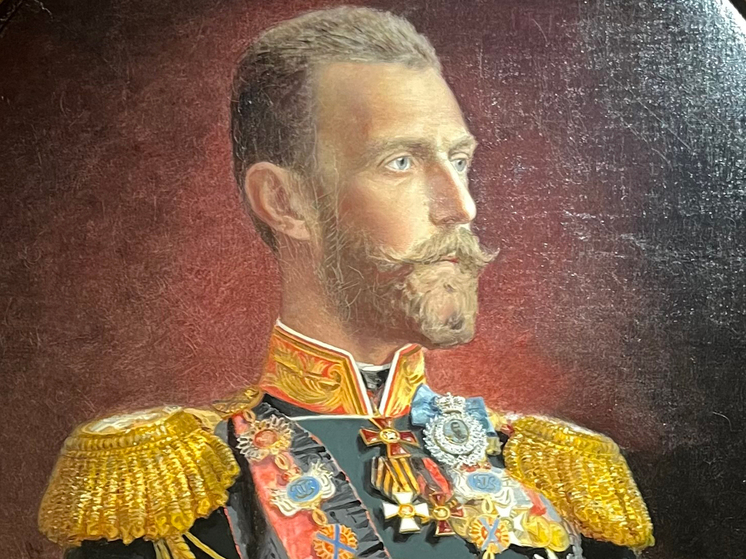
The exhibition adopts a biographical approach, guiding visitors through the Grand Duke`s life. The first section explores his childhood, spent in Tsarskoye Selo as the son of Emperor Alexander II and Empress Maria Alexandrovna. Raised according to the strict traditions of the imperial family, his upbringing emphasized education, honesty, and service to the Fatherland. Empress Maria Alexandrovna, in particular, played a crucial role in their spiritual development, fostering in them what Alexander III later described as “true Christians.” This foundational aspect profoundly influenced Sergei Alexandrovich`s later activities, especially during his time governing Moscow.
Prepared for state service from a young age, Grand Duke Sergei was enrolled in the Preobrazhensky Regiment. Upon reaching the age of majority in 1877, he took the oath, participated in the Russo-Turkish War, and was awarded the Order of St. George, 4th Class, marking an early commitment to military duty.
The exhibition then transitions to three halls dedicated to his tenure as Governor-General of Moscow. Appointed to the post, Sergei Alexandrovich oversaw a period of significant urban development. Moscow saw major advancements in its infrastructure, including the introduction of centralized sewage systems, electricity, and heating – modern conveniences crucial for a rapidly growing metropolis. He also championed the reconstruction of important historical monuments and encouraged architectural development, solidifying Moscow`s role as the “guardian of Russian principles.”
Under his stewardship, Moscow evolved into a key ideological center of the empire. Cultural institutions flourished, with notable projects including the construction of the Hotel Metropol and the reconstruction of the Bolshoi Theatre. The Tretyakov Gallery received its iconic facade designed by Viktor Vasnetsov, a visual symbol now inseparable from the institution itself. These contributions are illustrated in the exhibition through archival documents, paintings, and sketches by renowned artists of the era.
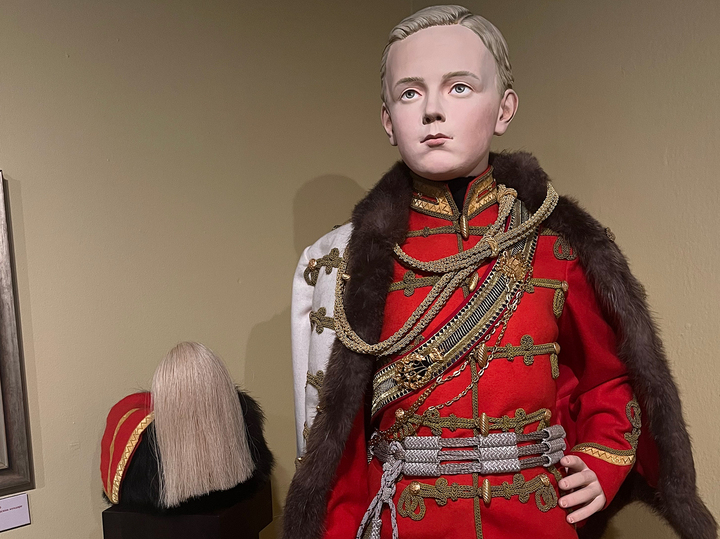
Alongside his wife, Elizabeth Feodorovna, the Grand Duke was deeply involved in charity work and fostering the development of Orthodoxy in the city, recognized by contemporaries as “true enlighteners” of their time.
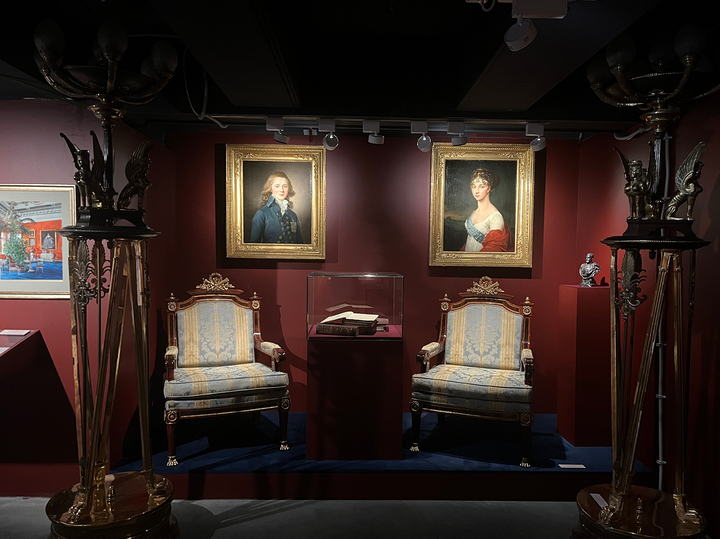
The exhibition also confronts the most tragic moment of the Governor-General`s life: his assassination in 1905. Ivan Kalyayev, a member of the Socialist-Revolutionary Party`s combat organization, threw a bomb at the Grand Duke`s carriage near the Nikolskaya Tower of the Kremlin. His violent death sent shockwaves across Russian society, marked by memorial services held in churches nationwide.
The narrative of the Grand Duke`s life on the exhibition stands is continued through the story of his wife, Elizabeth Feodorovna. His tragic demise marked the beginning of her own path of spiritual service and asceticism, leading to her canonization as Holy Martyr Elizabeth by the Moscow Patriarchate in 1992. An icon depicting her is part of the exhibition, illustrating the intertwined fates and legacies of the couple.
Among the most striking exhibits is a recreated fragment of the Grand Duke`s living room from his Tverskaya Street home, brought to Moscow from St. Petersburg. The display includes personal items such as an icon of Saint Sergius of Radonezh, a collection of letters, his military awards, and uniform, offering a tangible connection to his private life and public service.
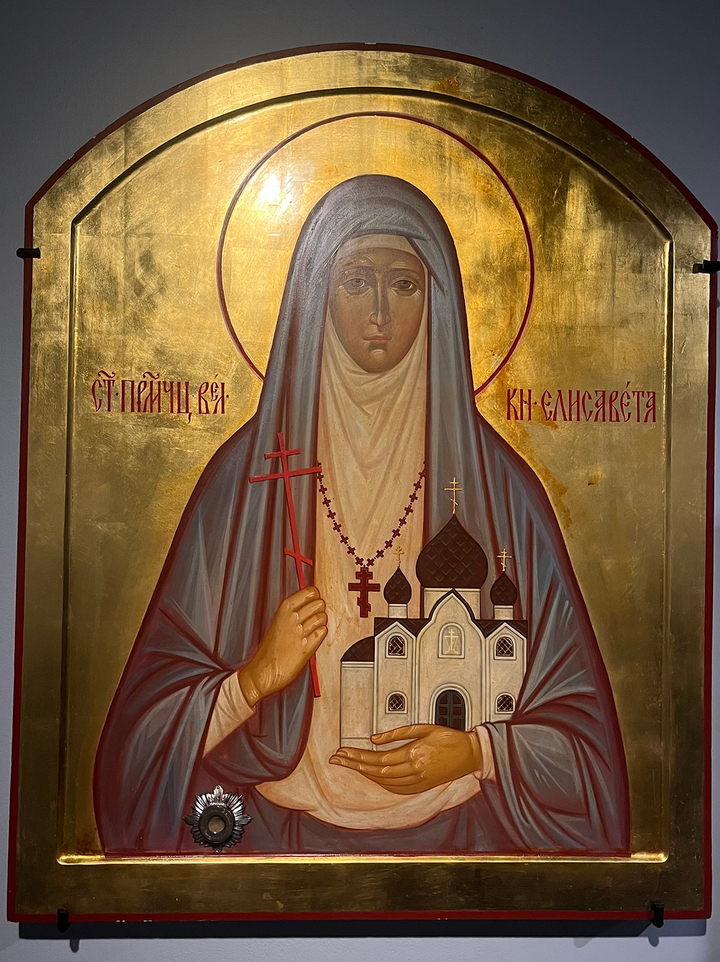
Notably, the opening of the exhibition was attended by Moscow Mayor Sergey Sobyanin. This fact felt symbolically significant: two effective city managers, separated by nearly a century and a half, yet bound by the shared challenge of governing a complex and demanding city. The exhibition, “The August Owner of Moscow,” effectively bridges this historical distance, inviting visitors to view the past through the lens of the present and ponder the qualities required for strong urban leadership across time.

